Rensa
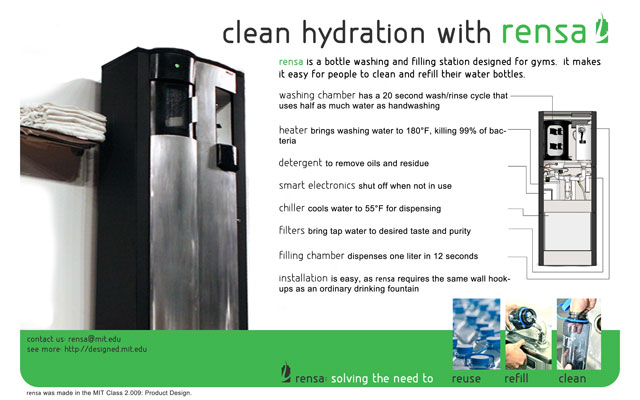
This is becoming increasingly relevant, as recent efforts to reduce disposable plastic waste have involved things like banning bottled water.
The washing and filling station is initially designed to be purchased by gyms and offered as a free service to its members. However, the product is not limited to gyms, and could extend to larger facilities, such as college campuses.
2.009 Product Engineering Processes
Rensa was created in MIT's capstone engineering class; I worked in a group of 20 students to design and build a finished product from scratch.
Our class was challenged to design a new product related to the theme of food. After months of brainstorming, prototyping, user testing, refining, and iterating, we revealed our product to an audience of over 500 people including professional product designers and entrepreneurs.
The user scenario
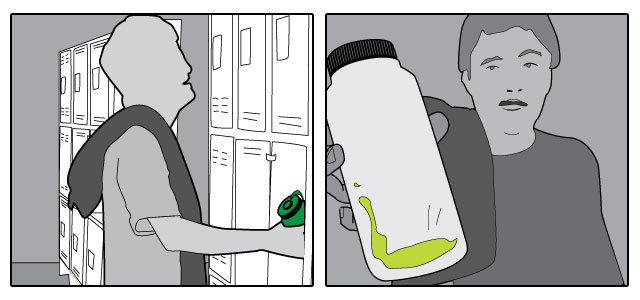
Before Allin works out at the gym, he pulls out his water bottle to fill it up. The bottle, however, has a layer of day-old protein shake gunk at the bottom --- he was in a rush to get to work!
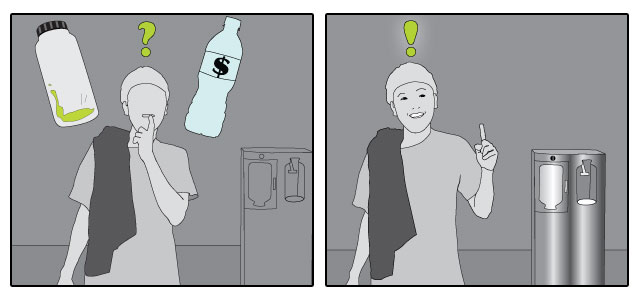
Allin can buy a water bottle, but it would be costly and wasteful. Fortunately, Allin's gym has Rensa, a free bottle washing and filling service!
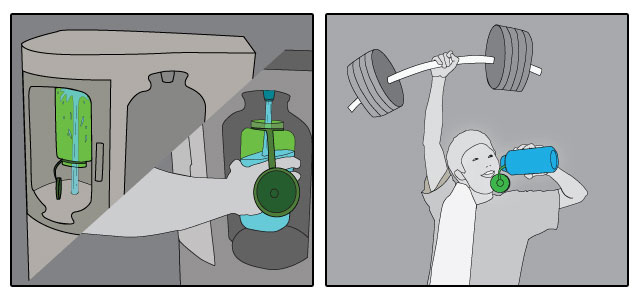
Allin can wash his bottle and refill it. A perfect solution for Allin: Rensa.
Credits: Paula Te, Madeleine Hickman, Allin Resposo
Need finding
Initially, we conducted surveys to determine what user's needs were. Through surveying over 100 people, we identified a problem and pinpointed people's needs.
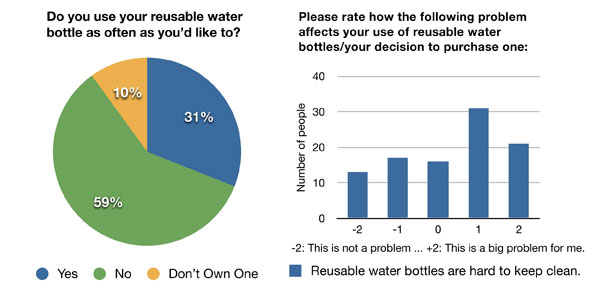
Testing with users
An important focus for me was the user experience of the product. The interactions with the product must be simple in order for users to want to use it.
After testing our mockup with over 30 people, one of the most useful insights we gained was that a simple lever dispenser would suffice for the filler; proximity sensors and buttons were excessive and did not provide the tactile feedback that a lever dispenser did.
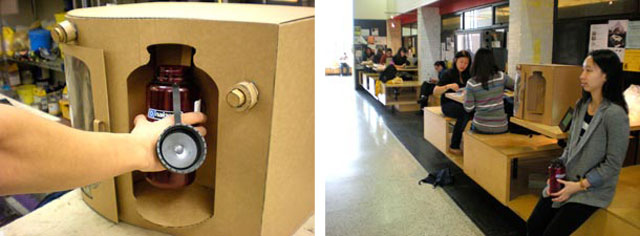
The user experience
Form follows function with Rensa; the interface of the washing chamber was meant to be as simple as possible, with a sliding door and just one button. Visual clues also help to instruct the user.
 Photo: Steven Keating, Yue Li
Photo: Steven Keating, Yue Li
The industrial design
After identifying the environment that the product would be in, we created mood boards to identify the features that would fit the aesthetic of a modern, eco-friendly gym.

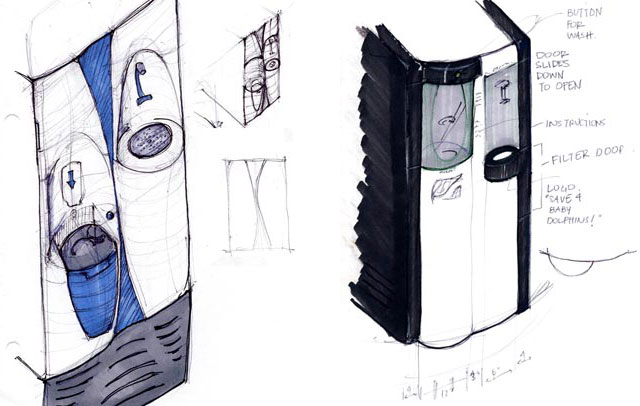
Design for manufacturing
Rensa has such a large form factor that designing the frame was a major challenge. We first looked at dismantled water fountains and vending machines to understand the fabrication methods.
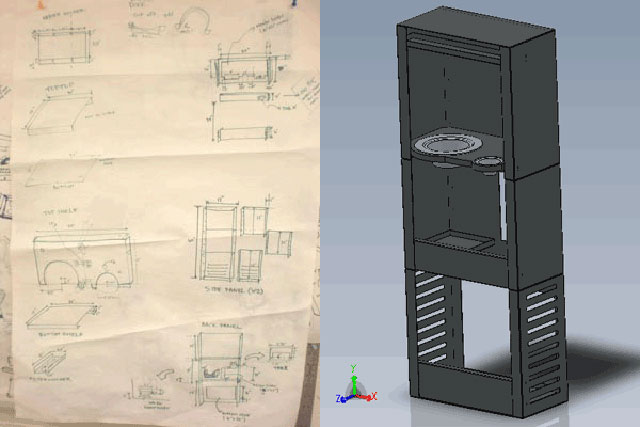

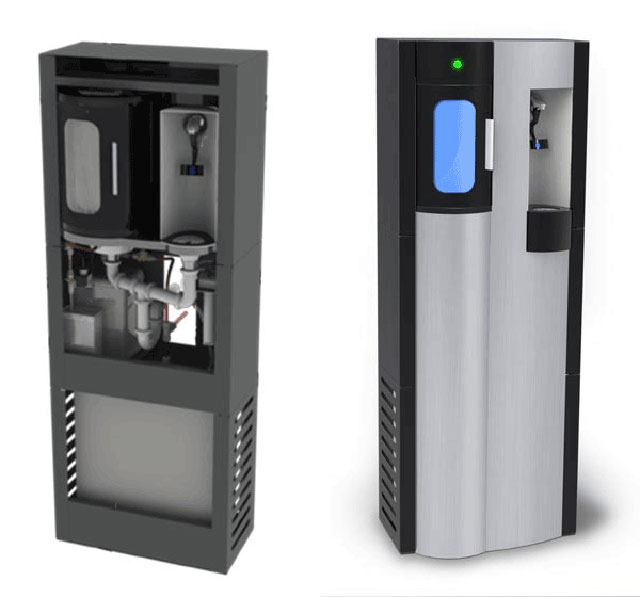
See more
2.009 Product Engineering Process Gallery
The entire process was documented on this class site. See our brainstorming, mockups, prototypes, and final presentation in the link above.